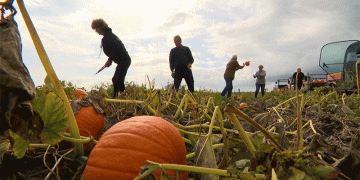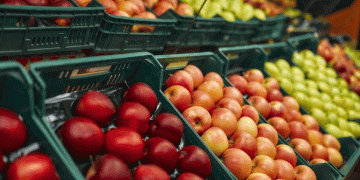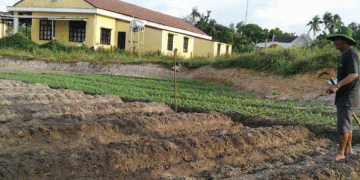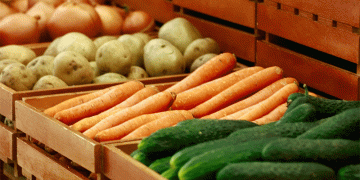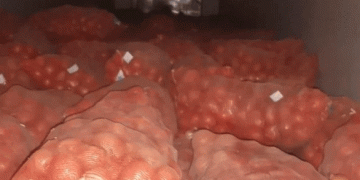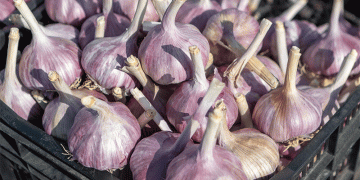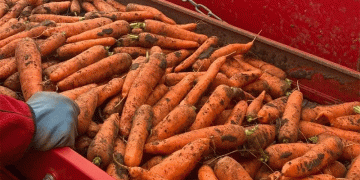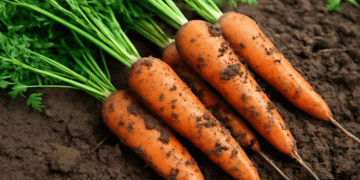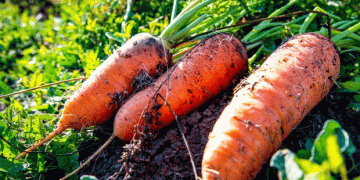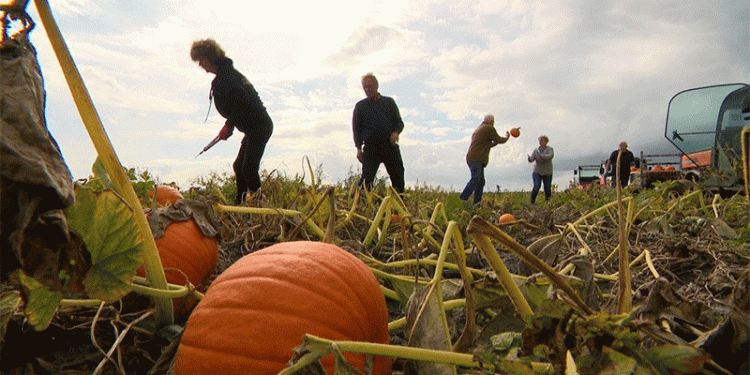As autumn approaches, pumpkin grower Sarina de Jonge in the Netherlands is harvesting a crop noted for its impressive size, attributing this success to well-timed rainfall. Her experience this season underscores a fundamental truth for specialty crop producers: profitability hinges on the synergistic alignment of favorable agronomic conditions and a sharp understanding of evolving market trends. For farmers, agronomists, and farm owners, De Jonge’s operation provides a clear example of how to navigate the dual challenges of production and demand in a high-value seasonal market.
De Jonge’s observation that timely rain contributed to larger-than-average pumpkins highlights the profound impact of water management on yield and quality. Pumpkins have a high water demand, especially during fruit set and development. While irrigation can mitigate drought, natural rainfall often provides ideal, even soil moisture. This aligns with research from the University of California’s Division of Agriculture and Natural Resources, which states that consistent moisture is critical for preventing stunted growth and achieving optimal fruit size. De Jonge’s successful harvest demonstrates how precise climatic conditions during key growth stages can directly translate into a more marketable product and higher returns.
Beyond the field, her strategic response to market forces is equally instructive. She notes that the popularity of Halloween has driven demand to the point where she is “sold out in advance,” leading her to intentionally increase planted area this year. This reflects a broader, sustained trend. The National Retail Federation in the United States consistently reports that Halloween spending reaches billions annually, with a significant portion dedicated to decorations, including pumpkins. Furthermore, De Jonge identifies a diversification in consumer taste, with the grey-white variety gaining popularity primarily for decoration. This shift away from a mono-crop of standard orange pumpkins towards a diverse portfolio, including ornamental and culinary types, allows growers to capture multiple market segments and build resilience against shifts in a single trend.
Sarina de Jonge’s season offers two critical lessons for the agricultural community. First, it reinforces that while we cannot control the weather, understanding crop-specific water and climate needs is essential for forecasting potential yield and quality outcomes. Second, and perhaps more importantly, it demonstrates that passive production is no longer sufficient. Active market engagement—tracking cultural trends like Halloween’s growth, listening to consumer preferences for new colors and varieties, and scaling production accordingly—is what separates a successful operation from one that merely harvests a crop. The most profitable growers are those who farm their fields with an eye on the sky and their business strategy with an eye on the market.
